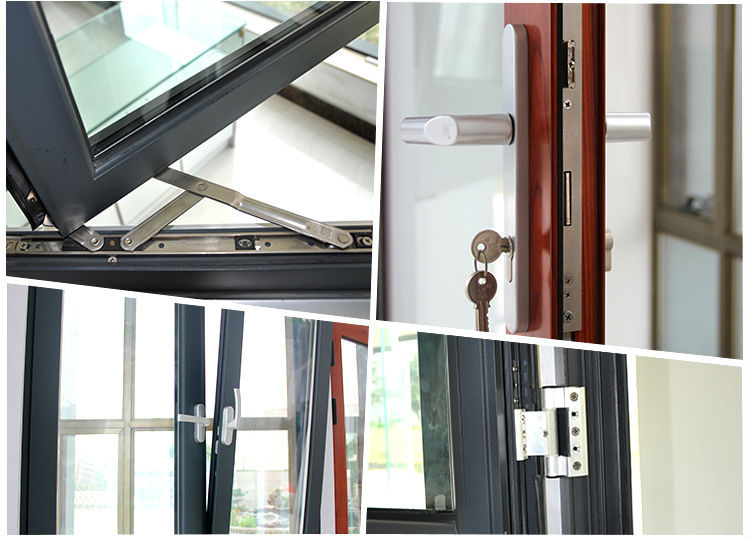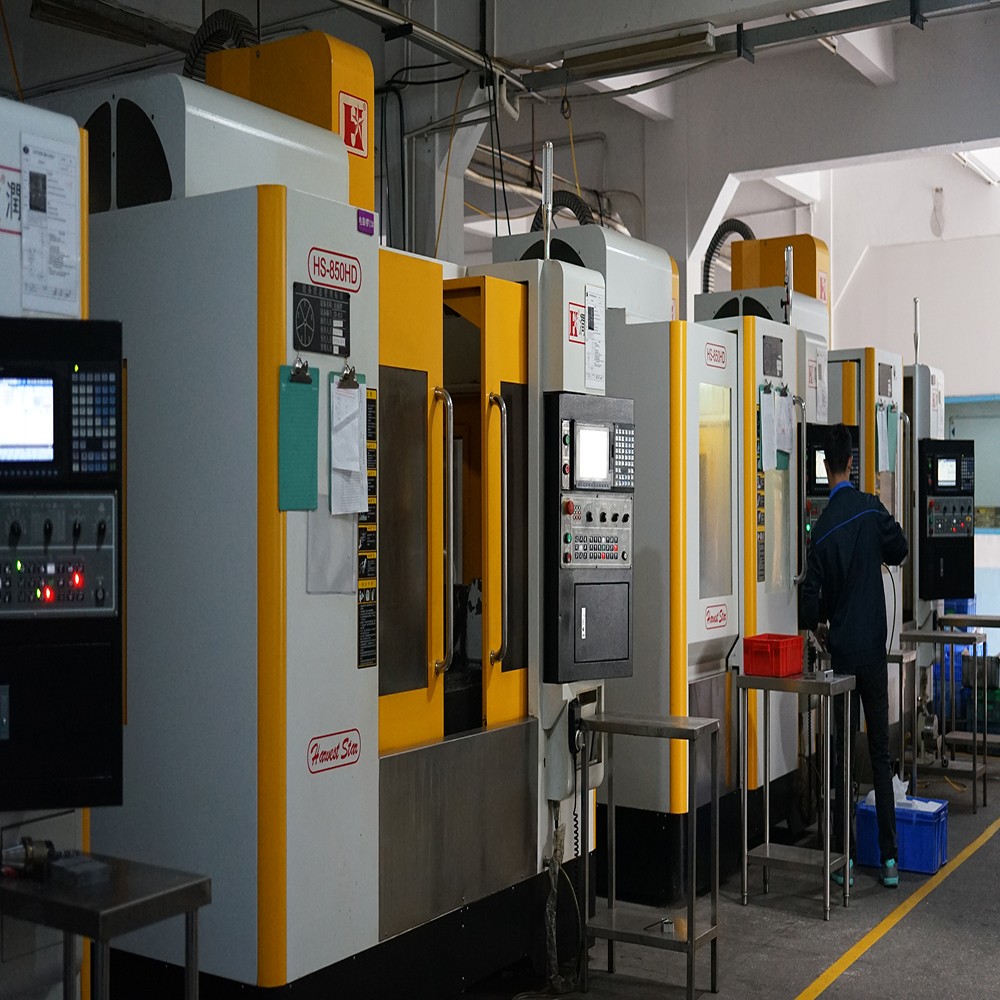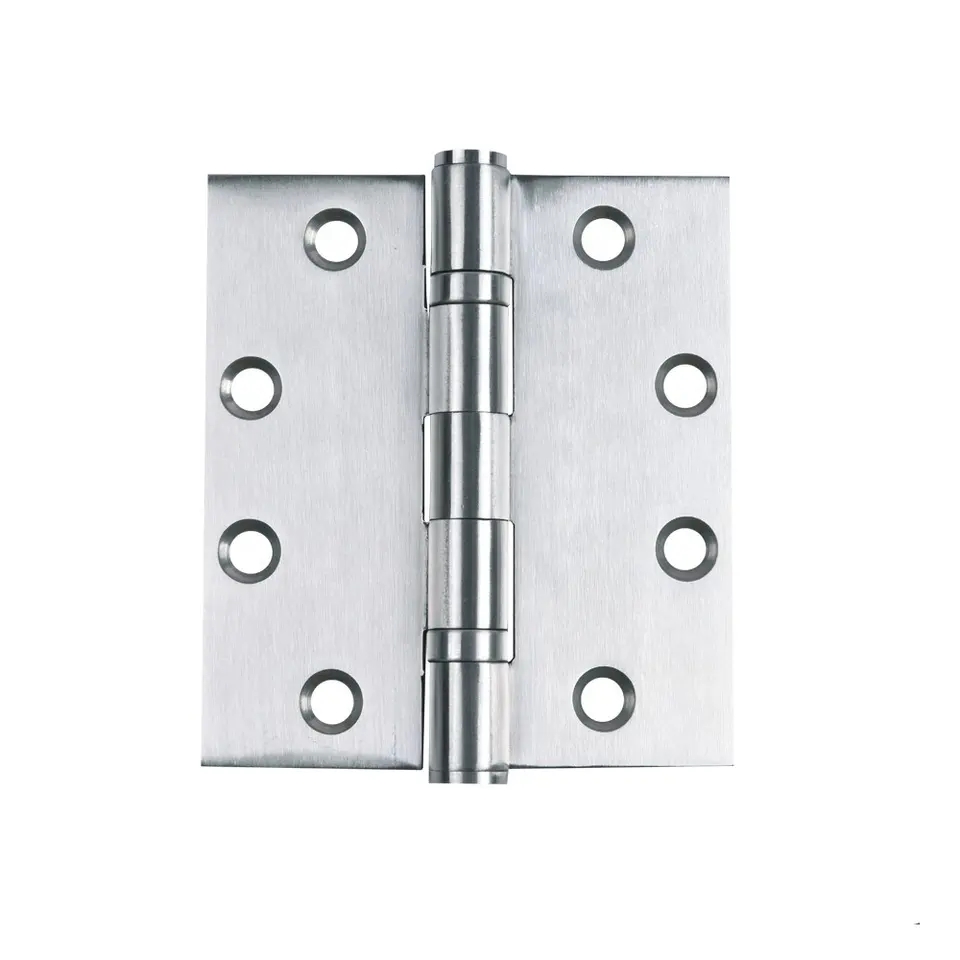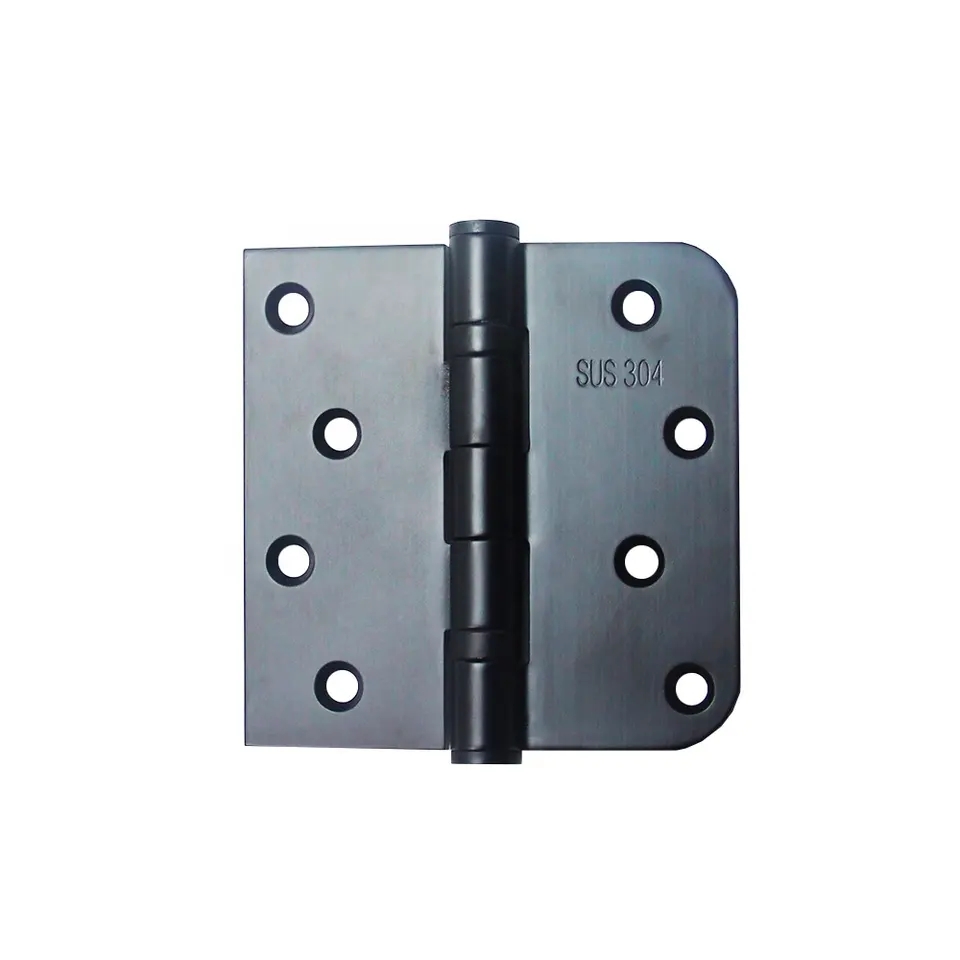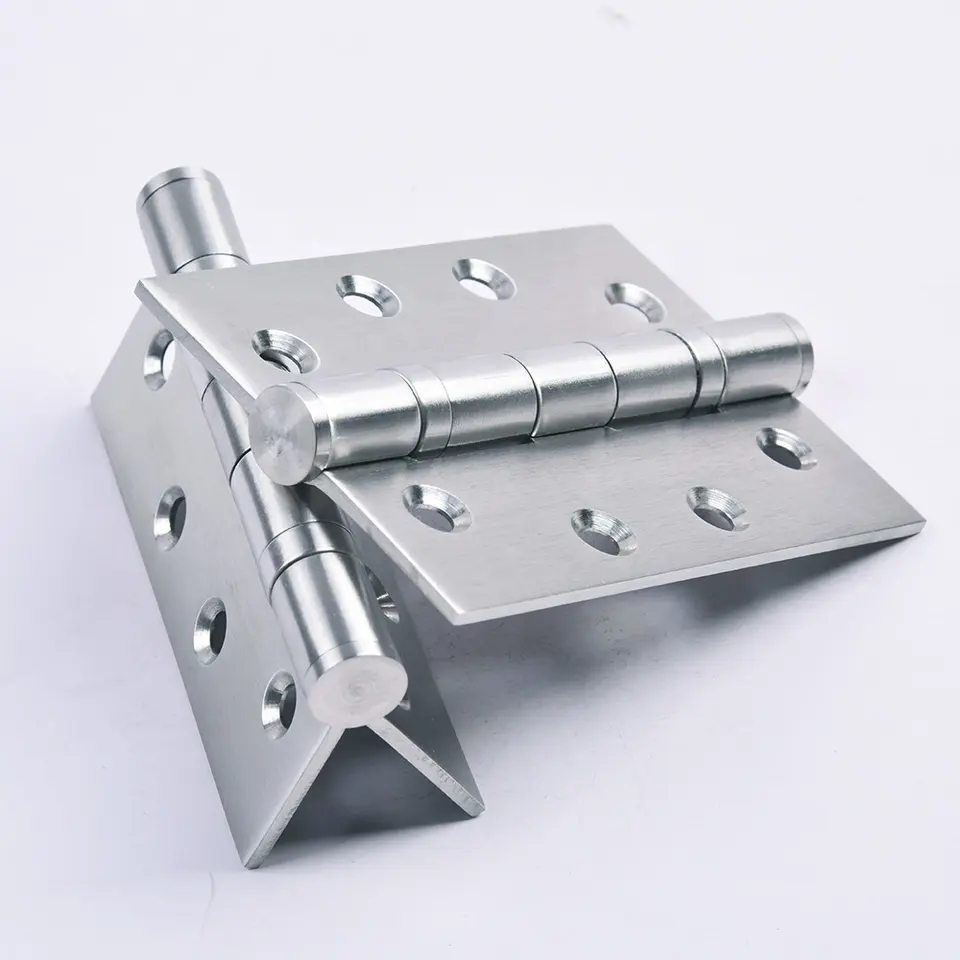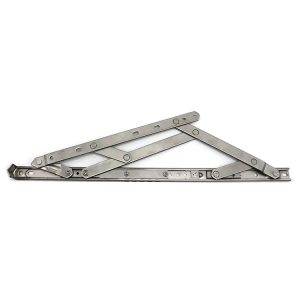Window Hinges: Envisioning Architectural Harmony Through Functional Elegance
Introduction
In the realm of architectural design, where creativity and functionality intertwine, window hinges emerge as a vital element that embodies the art of balance. These unassuming yet indispensable components play a pivotal role in sculpting both the visual appeal and operational efficiency of buildings. This article delves into the concept of architectural harmony achieved through the elegance of window hinges.
Architectural Choreography
Window hinges are akin to choreographers in the ballet of architecture. They dictate the graceful movement of windows, orchestrating a dance between interior and exterior spaces. Whether a window swings open to invite the outdoors in, tilts for controlled ventilation, or slides to reveal expansive vistas, the hinge’s role in this choreography is fundamental.
Seamless Fusion of Form and Function
The hallmark of a well-designed building lies in the seamless fusion of form and function, and window hinges epitomize this fusion. Architects have the privilege of choosing hinges that align with the architectural vision – from hinges that are hidden to emphasize clean lines, to those that boast decorative details that enhance the overall aesthetic.
Narratives of Craftsmanship
Window hinges are stories told in metal and mechanism. Their intricate designs, be it traditional scrollwork or modern minimalism, speak volumes about craftsmanship. Architects and designers can weave narratives through these hinges, connecting the occupants to the dedication and artistry embedded within every component.
Fluid Interaction with Spaces
Hinges shape the way we interact with architectural spaces. Their design influences how effortlessly we open a window to embrace a gentle breeze or close it to create a cozy haven. The hinge’s operation can evoke feelings of comfort, tranquility, and connection, turning architecture into a multisensory experience.
Architectural Contextualization
Window hinges are contextual magicians. They adapt to architectural contexts, complementing various design styles. Ornate hinges resonate with historical buildings, while sleek, modern hinges harmonize with contemporary structures. This adaptability ensures that hinges contribute to the architectural narrative without imposing their own agenda.
Security with Subtlety
Modern window hinges are custodians of security, yet they embrace this role subtly. Advanced locking mechanisms and tamper-proof features are seamlessly integrated, allowing occupants to feel safe without compromising the overall aesthetic. These hinges stand as testaments to the convergence of security and sophistication.
Energy Efficiency Through Deliberate Design
The pursuit of energy efficiency is a hallmark of modern architecture. Window hinges contribute to this endeavor by enabling optimal natural ventilation and passive cooling strategies. Architects can position windows strategically to leverage prevailing winds, harnessing the hinge’s role in maintaining a comfortable indoor environment.
A Glimpse into the Future
Window hinges are not static entities; they evolve alongside architectural trends. As buildings become smarter, hinges too will embrace technology – from integrated sensors for automation to hinges that adjust based on weather conditions. These futuristic hinges will contribute to a more responsive and intelligent built environment.
Conclusion
Window hinges are the bridges that connect the tangible and the intangible aspects of architecture. They harmonize form with function, craft with engineering, and history with innovation. In the architect’s hands, these hinges become conduits for the realization of visionary designs that not only inspire the eyes but also engage the soul.
